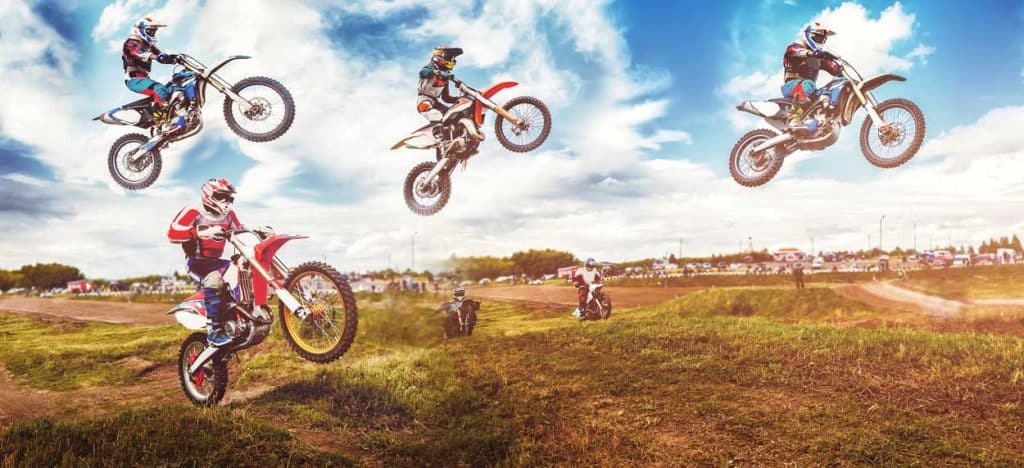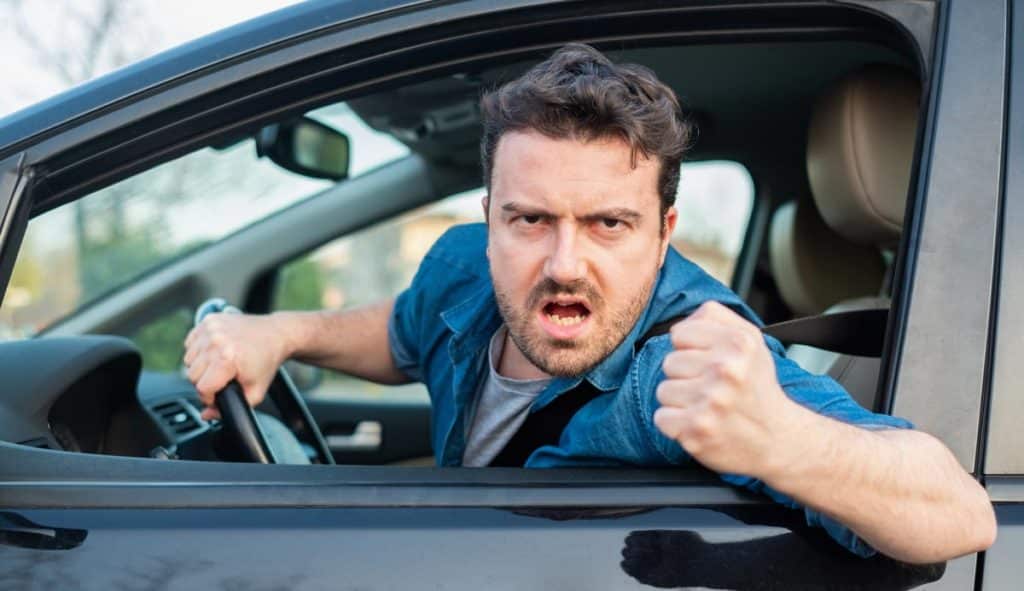August is a great time of year to spend some time outdoors. What better way to really explore California’s trails than with an all-terrain vehicle (ATV)? Even if you live deep in the city, it’s easy to rent an ATV to have some fun participating in motorsports. Exploring the great outdoors on one of these vehicles is a great way to blow off some steam during the warmer months.
However, it’s important to be safe when you’re participating in motorsports of any kind. Motorcycle accidents, for example, account for around 15% of California motor vehicle fatalities annually. August is Motorsports Awareness Month, which is dedicated to helping keep people safe while enjoying ATVs and other recreational vehicles. Just as with motorcycles, electric scooters, and mopeds, riding an ATV is a fun activity that is made better by following some basic safety guidelines.
Pay Attention to Trail Conditions
The most important safety tip for any off-road or recreational vehicle is to pay attention to the trail. Every trail is different, and weather can change trail conditions drastically. Operating an ATV safely requires that you take trail conditions into account when choosing where to go and how fast you travel.
Since ATVs are designed for off-roading and rough trails, it can be tempting to take on more dangerous trails or travel at higher speeds. However, it’s all too easy to misjudge your ATV’s ability to make a turn or handle an incline. Just last month, two San Francisco residents died in an ATV accident after the driver failed to negotiate a turn at high speed. It’s better to go slower than you’re able than faster than you can manage.
Ride While It’s Light Out
In the dark, it’s impossible to accurately judge the safety of the trail you’re on. The recent San Francisco ATV fatalities occurred after dark, which likely played a role in the accident. Either ride ATVs during daylight, or participate in motorsports on well-lit tracks after sunset. Having enough light to see will help you avoid dangerous slopes, other ATVs, and uncertain terrain.
Avoid Driving Near Cars
ATVs are intended for trails, not roads. They are designed for powering through difficult terrain, not being agile on paved roads. As a result, even the safest ATV with the best driver is at risk on the road.
Cars and trucks can go much faster than ATVs, and they sometimes have blind spots close to the ground. That leaves ATVs at a significant risk for getting hit by other drivers on the road. ATVs can’t easily maneuver out of the way of these other vehicles to avoid them, either. Since ATVs frequently have open sides, getting hit by another driver can lead to life-threatening injuries even at low speeds. Unless it’s absolutely necessary, keep your ATV away from the road for your own safety.
Always Wear Safety Equipment
Safety equipment is always important for motorsports, but it’s especially important for ATVs. These vehicles have a tendency to roll over onto their riders in bad conditions. Wearing the right safety equipment can be the difference between walking away with a few scrapes and bruises or winding up in the hospital.
ATV safety equipment includes:
- Helmets
- Long sleeves and pants
- Goggles
- Gloves
- Thick boots
This gear protects you in two ways. First, it keeps you from getting hit by branches and flying debris. Second, it helps prevent neck and brain injuries, which are the top cause of motorsport accident deaths. If you get in an accident on your own or you’re hit by another driver, the right helmet and safety equipment can save your life.
Limit ATVs to One Rider Per Vehicle
Despite what you may see other ATV riders doing, the standard ATV is legally a one-person vehicle. Their seats and safety equipment are designed to keep the driver safe, but doesn’t usually account for passengers. To ride an ATV safely, remember that it’s the law in California to ride them solo.
The person at risk here is the passenger. Since ATVs don’t have any type of security attachments, there’s nothing holding the passenger on. It’s all too easy for the second rider to go flying when they hit an unanticipated bump or slope. That can lead to serious injuries. It may even result in the passenger getting hit by other ATVs if multiple people are riding together. Just avoid the risk and limit each ATV to one rider.
Supervise Children At All Times
Finally, if you’re riding ATVs with minors, make sure that they’re always supervised. A third of all ATV accident fatalities each year occur in people under the age of 16. Because of this, it’s illegal for California minors to operate an ATV in public unless they are under direct supervision. Nationwide, it’s not recommended that minors under the age of 16 ride full-size ATVs at all.
This is because of the sheer size of full-size ATVs. An average full-size ATV ranges from 500 to 700 pounds. ATVs are prone to tipping over on steep slopes and landing on their riders. While an adult body can potentially survive having a full-size ATV roll over on top of them, a child’s cannot.
Children are also less likely to understand how to responsibly operate an ATV. Supervising minors on ATVs will help ensure that they stay at safe speeds and avoid risky maneuvers. If an accident occurs anyway, the supervising adult can help the minor and potentially prevent a tragedy.
Staying Safe with Motorsports
ATVs have their risks, but it’s easy to prevent many potential problems before they occur. By following motorsports safety guidelines, you can enjoy these exciting vehicles safely and wisely. Motorsports are a well-known way to explore California’s parks and trails, and safety guidelines allow you to take part without fear.
The biggest risk you face once you’re following these safety guidelines comes from other drivers. Not every driver will follow these rules and guidelines, regardless of how important they are. While that risk can never be removed, at least you’ll rest easy knowing that the accident was not your fault. If you have questions or want to discuss your case with one of our experienced motor vehicle accident attorneys, contact us today.





